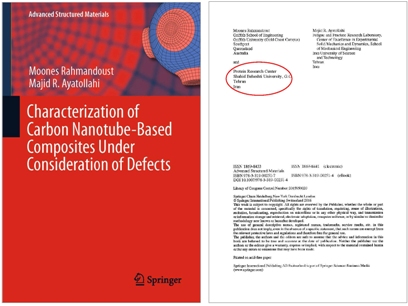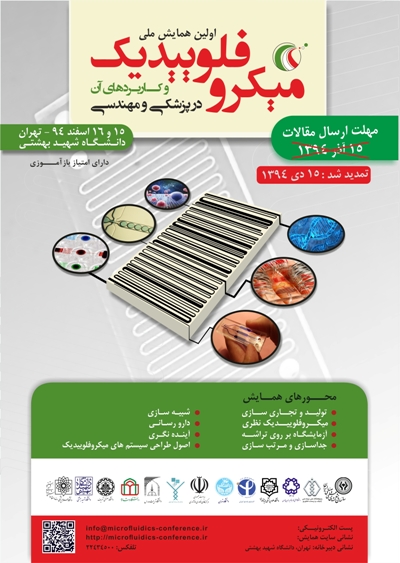صفحه اصلی
برگزاری کارگاه آموزشی کریستالو گرافی پروتئین

"کارگاه کریستالوگرافی پروتئین" با همکاری پروفسور Thierry Prangé
Faculty of pharmacy, University Paris Descartes, France، آغاز به کار کرد.







این کارگاه به صورت تئوری و عملی، در مباحث ذیل و به مدت 9 روز برگزار خواهد شد
1. INTRODUCTION
From scattering to diffraction, or from the Young experience to 3D Diffraction (Bragg’s Law)
Definition and properties of mono-crystals, from low Mw to High Mw organic or bio-organic molecules. How to crystallize in a nutshell.
The experimental devices to use.
2. Around diffraction – The phase problem
Introduction of the phase problem.
The optical equivalent of the crystal-diffraction, the importance of phases.
Definition of the Structure Factor – The Friedel Law.
The electron density definition and computation.
3. How to solve the phase problem
Introduction to the methods (MIR and MAD).
The heavy atom as a reference.
The real crystal compared to ideal crystal.
Case 1: the heavy atom is the main contributor to diffraction.
The Patterson function
Visualisation and representation of electron densities
The structure factor in practice
How to complete the atomic structure determination
Case 2: the heavy atom is a minor contributor to diffraction (Proteins)
Preparation of heavy atom derivatives
The MIR Method
The phase reference
The Harker construction (phase triangulation)
Definition of isomorphism.
The MAD Method
The anomalous scattering of atoms and its use.
The phase diagram in case of an anomalous signal.
How to complete structure determination.
Statistics and accuracy in phase determinations.
Improving the initial set of phases (solvent flattening …)
4. Applications (Practical works)
-Preparation of protein crystals: the case of lysozyme or urate oxidase.
-Indexing and Structure Factor determinations from a set of diffraction frames.
-An example of a uni-dimensional electron density with EXCEL.
-An example of a Patterson function calculation in protein crystallography, the case of elastase/xenon (Xe=heavy
atom) and/or
cutinase (Hg and Xe heavy atom derivatives)
Graphic modelisation: How to complete a protein structure, the case of sylvaticine






